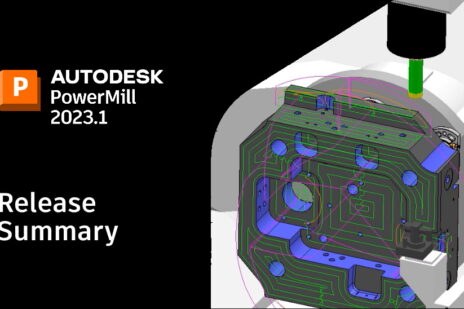
Both big and small manufacturers have a need to be more efficient. After all, the more efficient you can be, the more parts/products you can make, which means more money for your business.
So what are some of the most helpful tools to make you more efficient?
Feeds and Speeds
There’s a number of ways to improve the use of your machine tools, but one of the easiest is evaluating your feeds and speeds. Every machine tool, whether it’s a small benchtop mill or a massive VMC, has its limits. Finding out how much you can get out of your machine is vital to improving its efficiency.
Fine-tuning feeds and speeds for each machine, tooling, and material being worked with can save seconds or even minutes on cycle times. This can add up to hours quickly, which means more parts in less time.
Tweaking your feeds and speeds for optimum efficiency can also improve surface finish. So, you can make better looking parts faster!
Pick the Right Tools for the Right Jobs
Many different machine tools can do similar operations or create the same parts. While it might seem logical to your pocket book to buy the most universal machine, so you can minimize the amount of capital equipment, you’re often better off buying tools to do specific operations.
For instance, you can use a mill or VMC to cut thin plate into precise shapes. If you already own a mill, it may feel like you should just use that machine to cut your plate material. While that might make sense at first, it all depends on how many parts you need to make and how fast.
If you need to cut multiple plate material parts, you might be better off using a plasma cutter or waterjet. These tools are designed specifically to cut thinner metal plate. Cutting multiple parts on a plasma or waterjet and then moving to a mill to do more 3D machining work or other cutter can be more efficient and, in turn, cost effective.
Preventative Maintenance
This might seem like a no-brainer, but machine downtime means you’re not making parts, which means you’re not making money.
While preventative maintenance might feel like you’re paying a premium for peace-of-mind, it can be a lifesaver.
Preventative maintenance includes standard machine maintenance and cleaning, but what’s more, is preparing for failure. A key component of preventative maintenance is having replacement parts on hand. Many machine tool companies have spares kits available, and having a couple at your disposal can be the difference between hours and days of downtime.
There are a lot of ways to make your shop more efficient, but these broad-based tools can certainly help you get started. Using the right tools to the fullest of their capabilities and keeping them ready for action will not only keep your shop running, but also make everything you do more efficient.



Add comment
Connect with: Log in
There are no comments